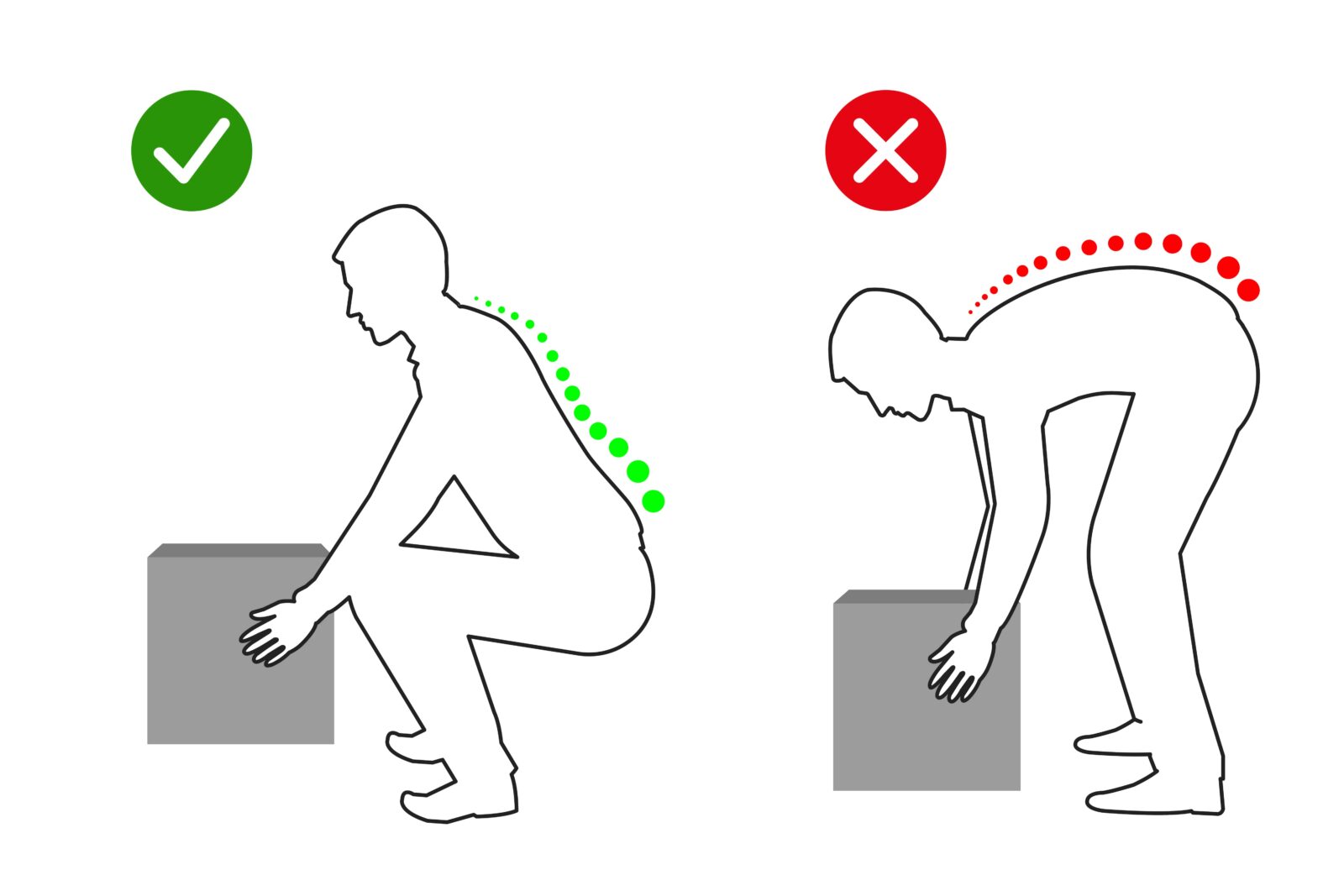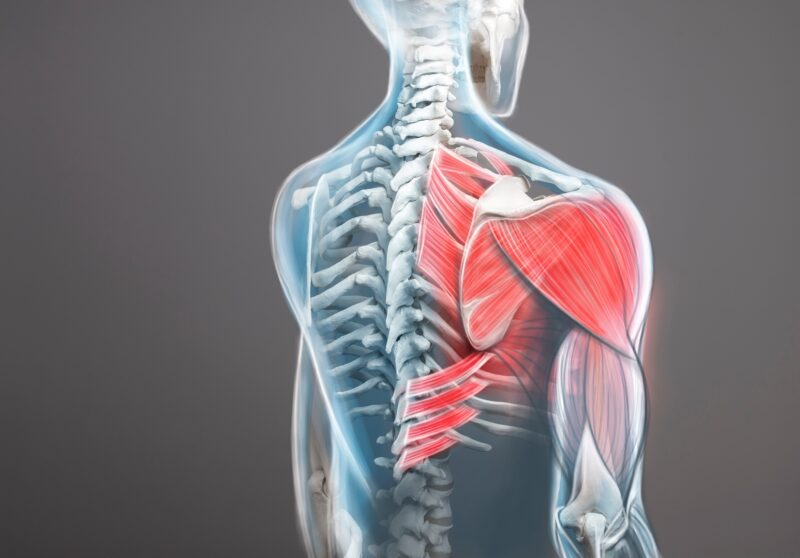Back pain can be a debilitating issue that affects millions of people worldwide. While it can occur in various areas of the back, one common and often frustrating location is just below the shoulder blade. This type of pain can interfere with daily activities and reduce your overall quality of life. In this blog, we will explore the possible causes of back pain below the shoulder blade and discuss ways to prevent and alleviate it.
Poor Posture:
Poor posture can be a significant contributor to the development of pain below the shoulder blade. When we consistently slouch or hunch forward, our upper back muscles become strained and overworked. This excessive strain can lead to muscle imbalances and tightness, especially in the muscles between the shoulder blades. Over time, these imbalances can result in discomfort and pain in the area below the shoulder blade. Additionally, poor posture can also put pressure on the nerves in the upper back, potentially causing referred pain that radiates to this region. Therefore, correcting and maintaining good posture is crucial in preventing and alleviating the pain that often originates from these postural habits.
Solution: Practicing good posture, using ergonomic chairs and workstations, and taking breaks to stretch can help alleviate and prevent pain caused by poor posture.
Overuse:
Pain below the shoulder blade can be attributed to overuse, particularly when certain muscle groups in the upper back and shoulders are repeatedly stressed. Overuse injuries often occur when we engage in repetitive activities or motions without allowing sufficient time for muscle recovery. The muscles surrounding and supporting the shoulder blades can become fatigued and strained, leading to discomfort and pain in the affected area. This type of pain is common among individuals who perform repetitive tasks such as lifting, carrying, or working on a computer for extended periods. It’s essential to recognize the signs of overuse and provide the muscles with proper rest and care to prevent and alleviate pain below the shoulder blade caused by these repetitive actions. Stretching, strengthening exercises, and ergonomic adjustments can also be beneficial in managing and preventing overuse-related pain.
Solution: Give your muscles adequate time to rest and recover. Stretching exercises and strengthening routines can also help prevent overuse injuries.
Improper Lifting Technique:

Pain below the shoulder blade often results from improper lifting techniques that place excessive strain on the upper back and shoulder muscles. When we lift heavy objects without using proper form, the load is not distributed evenly, and the muscles in the upper back are forced to work harder than they should. This strain can lead to muscle fatigue and discomfort, particularly in the area below the shoulder blade. To prevent this type of pain, it’s crucial to bend at the knees, keep the object close to the body, and engage the leg muscles when lifting, rather than relying solely on the muscles in the back and shoulders. Correct lifting techniques are essential for preventing injuries and maintaining the health of the upper back and shoulder region.
Solution: To prevent such pain, always use proper lifting techniques. Bend at the knees, keep the object close to your body, and lift with your legs, not your back.
Cervical Herniated Disc:
Pain below the shoulder blade can be attributed to a cervical herniated disc, a condition where one of the discs in the neck’s cervical spine ruptures or protrudes outward. When a cervical disc herniates, it can exert pressure on nearby nerves, causing referred pain that may radiate down into the upper back and below the shoulder blade. This pain is often accompanied by other symptoms such as numbness, tingling, or weakness in the arm or hand, depending on which nerve is affected. Diagnosis and treatment of a cervical herniated disc should be done by a medical professional, and options may include physical therapy, medication, epidural injections, or in severe cases, surgery to relieve pressure on the affected nerve and alleviate the associated pain and discomfort.
Solution: Consult a healthcare professional for a proper diagnosis and treatment plan. Options may include physical therapy, medication, or in severe cases, surgery.
Compression Fracture:
Pain below the shoulder blade can be caused by compression fractures, although this is relatively rare. Compression fractures typically occur when a vertebra in the spine, often in the thoracic region (which includes the area below the shoulder blades), becomes compressed or collapses. These fractures can result from underlying conditions like osteoporosis or traumatic injuries. When a compression fracture happens, it can lead to localized pain, tenderness, and discomfort in the affected area. It’s crucial to seek immediate medical attention if you suspect a compression fracture, as these injuries can have serious consequences, including spinal deformities or nerve damage. Treatment options may include bracing, rest, pain management, physical therapy, and in some cases, surgical intervention to stabilize the spine and alleviate pain.
Solution: Consult a healthcare provider for diagnosis and treatment, which may include bracing, physical therapy, or surgical intervention.
Dislocated Rib:
Pain below the shoulder blade can be caused by a dislocated rib, a condition known as rib subluxation. This occurs when one of the ribs becomes misaligned or partially dislodged from its normal position, often due to trauma, repetitive motion, or even a forceful sneeze. The displaced rib can put pressure on nearby muscles, nerves, and soft tissues, leading to localized pain below the shoulder blade. The pain is often sharp and worsens with certain movements or deep breaths. Seeking prompt medical attention from a healthcare provider, such as a chiropractor or osteopath, is essential for diagnosing and correcting the rib displacement. They can perform manual adjustments to reposition the rib, relieving the associated pain and restoring normal function.
Solution: Seek immediate medical attention to have the rib repositioned by a trained healthcare provider, such as a chiropractor or osteopath.
Heart Conditions:

Pain below the shoulder blade can occasionally be caused by heart conditions, although this is less common and often associated with specific circumstances. Heart-related pain in this area is typically referred pain, meaning that it originates from the heart but is felt in a different part of the body. Conditions like angina or a heart attack can sometimes lead to referred pain that radiates to the upper back and below the shoulder blade. It’s important to note that heart-related pain is often accompanied by other symptoms, such as chest pain, shortness of breath, dizziness, or pain radiating down the arm. If you experience such symptoms, especially in combination with back pain, it is crucial to seek immediate medical attention, as prompt diagnosis and treatment are essential for addressing potential heart issues.
Solution: If you suspect your back pain may be related to a heart condition, seek immediate medical attention. Don’t ignore other accompanying symptoms like chest pain, shortness of breath, or dizziness.
Conclusion
Back pain below the shoulder blade can stem from various causes, including poor posture, improper lifting techniques, overuse, cervical herniated discs, dislocated ribs, heart conditions, or compression fractures. Understanding the underlying cause of your pain is essential for effective treatment and prevention. If you experience persistent or severe back pain, consult a healthcare professional to determine the best course of action to alleviate your discomfort and improve your overall quality of life. In many cases, a combination of lifestyle changes, physical therapy, and medical intervention can help you find relief from this challenging condition.











 in CA by O360®
in CA by O360®